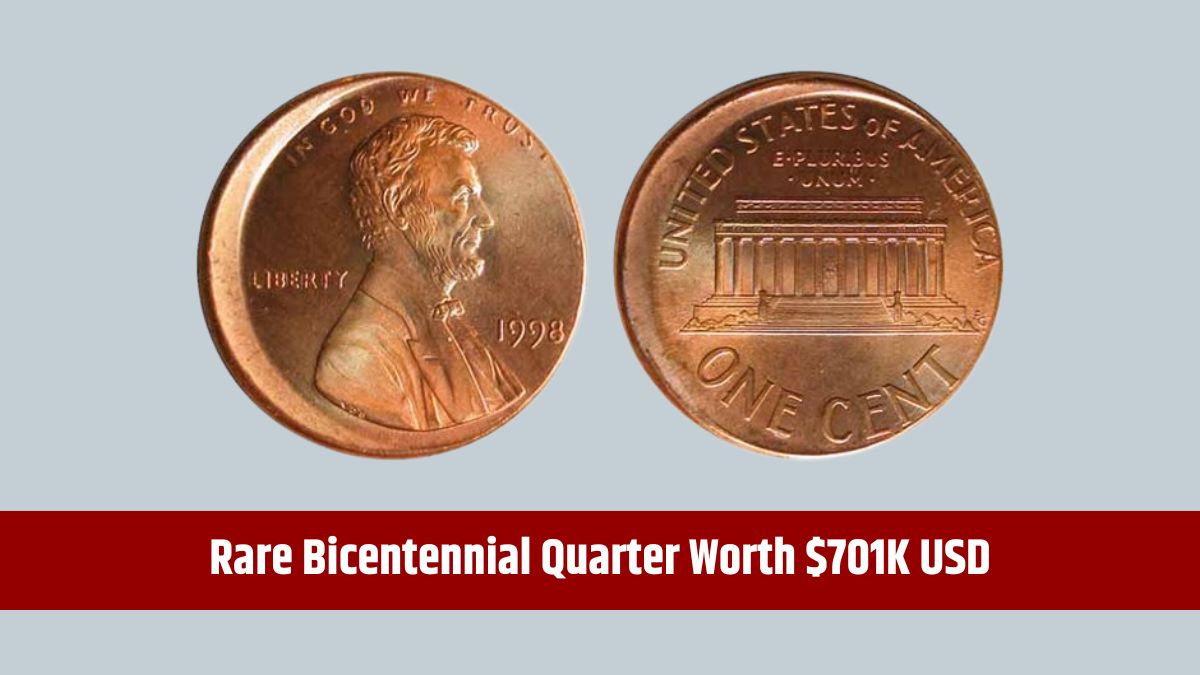If you’re receiving Social Security Disability Insurance (SSDI) benefits and are struggling financially, you may be wondering if you qualify for Supplemental Security Income (SSI). Although SSI and SSDI are both funded by the Federal Government, the eligibility requirements differ. The good news is that recent changes by the Social Security Administration (SSA) could make it easier for some SSDI recipients to qualify for SSI now.
Here’s everything you need to know about the new rules and how they could impact your eligibility for additional benefits.
Differences
Before looking into the changes, it’s essential to know the difference between SSDI and SSI.
- SSDI benefits are based on your work history and the Social Security taxes you’ve paid over time. If you’ve worked long enough and have a qualifying disability, you can receive SSDI payments. The average SSDI payment is $1,539 per month.
- SSI, on the other hand, is a need-based program designed for individuals with limited income and resources. It primarily assists elderly, blind, or disabled individuals. SSI payments can reach up to $943 for individuals or $1,415 for married couples, but they are often reduced for those receiving other forms of income, including SSDI.
While you can technically qualify for both SSDI and SSI, your income from SSDI may reduce your SSI payment. However, thanks to the recent rule changes, more SSDI recipients may now be eligible for SSI.
Rule Changes
On September 30, 2024, the SSA implemented several rule changes that could make it easier for SSDI recipients to qualify for SSI. These changes expand eligibility and modify how certain types of support are calculated, which can benefit those with low income but who were previously ineligible for SSI.
Here are the key changes:
1. Public Assistance Household
This change directly impacts individuals receiving other public benefits like SNAP (Supplemental Nutrition Assistance Program). If you’re receiving SNAP and SSDI benefits, this broader definition may now make you eligible for SSI as well. Before the rule change, some SNAP recipients were excluded from SSI eligibility due to how public assistance was defined.
2. ISM (In-kind Support and Maintenance)
Previously, the value of food provided to you by friends or family was factored into the SSA’s ISM calculations. This could reduce your SSI benefit, as the SSA considered this food assistance when determining your financial need.
Starting in October 2024, food will no longer count toward ISM calculations, meaning your SSI payment won’t be reduced because someone is providing you with meals. This change has already increased monthly benefits by an average of $131 for more than 90,000 recipients.
3. Rental Subsidy Policy
Another crucial change is the expansion of the rental subsidy policy to include all SSI applicants. This means if you are receiving rental assistance, you will no longer have your SSI benefits reduced because of it. This rule has increased benefits by about $132 for nearly 41,000 people who previously had their SSI payments reduced because they were receiving rental subsidies.
These changes create a financial cushion for many SSDI recipients, who may now qualify for additional SSI benefits they were previously denied.
Amount
Even if you qualify for both SSDI and SSI, the amount you receive from SSI will be reduced by your SSDI income. While the maximum SSI payment is $943 for individuals and $1,415 for married couples, most SSDI recipients will receive a reduced amount based on their SSDI payment.
Here’s an example of how your SSI payment might be calculated:
| Benefit Type | Average Monthly Amount |
|---|---|
| SSDI | $1,539 |
| SSI (average for recipients) | $698 |
If your SSDI payment is relatively high, your SSI benefit will be reduced. However, for those with lower SSDI payments or additional financial needs, SSI can still provide some assistance. For example, if your SSDI payment is $1,000, you could still be eligible for a portion of the SSI benefit to cover the gap.
SSDI Recipients
If you’ve applied for SSI in the past and were denied, the new rules may now work in your favor. Many individuals who didn’t qualify previously because of slight income differences or other support (such as food or rental assistance) may now be eligible. This is especially true if you were only slightly over the income limit when you first applied.
Even though the 2025 Cost of Living Adjustment (COLA) won’t come into effect until December 31, 2024, the rule changes that began in October 2024 could already boost your eligibility and benefits. Therefore, it’s worth trying again, especially if your financial situation has changed, or if you now qualify under the new rules.
If you’re currently receiving SSDI but struggling financially, it may be the right time to check your eligibility for Supplemental Security Income (SSI). The recent changes in how the SSA calculates in-kind support and public assistance could mean you qualify for additional benefits, even if you were previously denied.
With the removal of food from ISM calculations and expanded rules around rental subsidies, more SSDI recipients may now receive extra financial assistance through SSI. If you were close to qualifying before, reapplying in October might just help you secure that much-needed support.
FAQs
Can you receive both SSDI and SSI?
Yes, but your SSI benefit may be reduced based on your SSDI income.
What new rules could help SSDI recipients qualify for SSI?
Changes include removing food from ISM calculations and expanding rental subsidy policies.
How much can SSDI recipients receive from SSI?
The amount varies but averages around $698, depending on your SSDI payment.
How do ISM changes impact SSI benefits?
Removing food from ISM calculations has increased benefits for many recipients by $131.
Should I reapply for SSI if I was denied in the past?
Yes, the new rule changes could now make you eligible, especially if you were previously close to qualifying.






